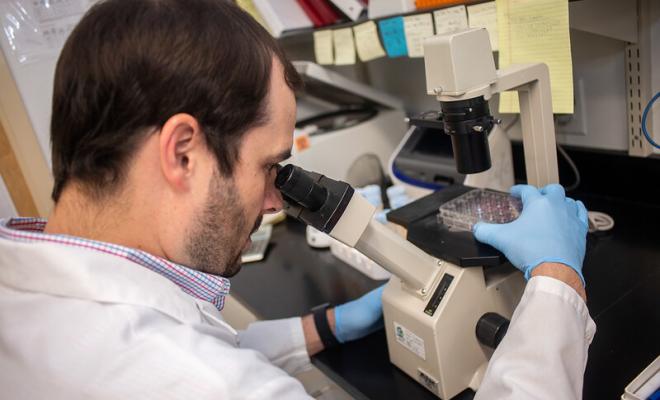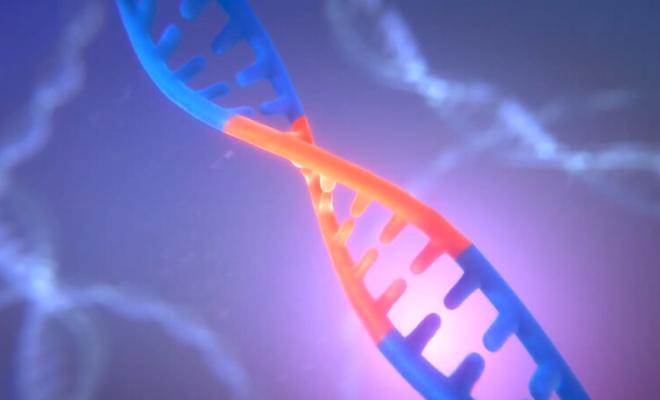Airway Stem Cells
There are many different types of cells in the lung, each one performing a specific job. Most of these cells do not divide; however, there are a small number that do. Of the cells in the airway that can divide, there is a special population called airway stem cells1. Airway stem cells can produce the other types of cells in the lung to replace any cells that die or are damaged.
Scientists believe there is potential to treat or cure diseases by using gene editing or gene therapy tools in stem cells. If a
Before gene editing or gene therapy can be used in airway stem cells to treat CF, scientists need to learn how to identify airway stem cells and where to find them in the lung. Once we have a better understanding of airway stem cells, they could be targeted to treat CF.
Induced Pluripotent Stem Cells
Scientists are experimenting with cells known as induced pluripotent stem (iPS) cells. iPS cells can be made in a laboratory from skin, blood, or other cells from any person using a process called reprogramming. iPS cells can then produce almost any cell type in the body. In theory, this means that iPS cells could be used to make new cells to replace ones that have been damaged by disease. An advantage of using iPS cells to make replacement cells is that, because the iPS cells were derived from the person's own cells, they would not be rejected by their
Scientists have shown that it is possible to make iPS cells using cells from people with CF, and then use gene editing to correct CFTR mutations in those cells. In the future, it might be possible to re-implant the corrected iPS cells into the lungs of people with CF to make healthy lung cells or other cell types with functional CFTR protein.
Currently, methods to use iPS cells to make new lung cells are being developed in the laboratory. A big challenge is that researchers do not know how to get new cells made from iPS cells to integrate or
In this video, CF Foundation-funded researcher, Amy (Firth) Ryan, PhD, explains how she is using gene editing technology and iPS cells to help advance research for people with CF, especially for individuals with nonsense and other rare mutations.
1The Foundation only funds research using adult stem cells.



